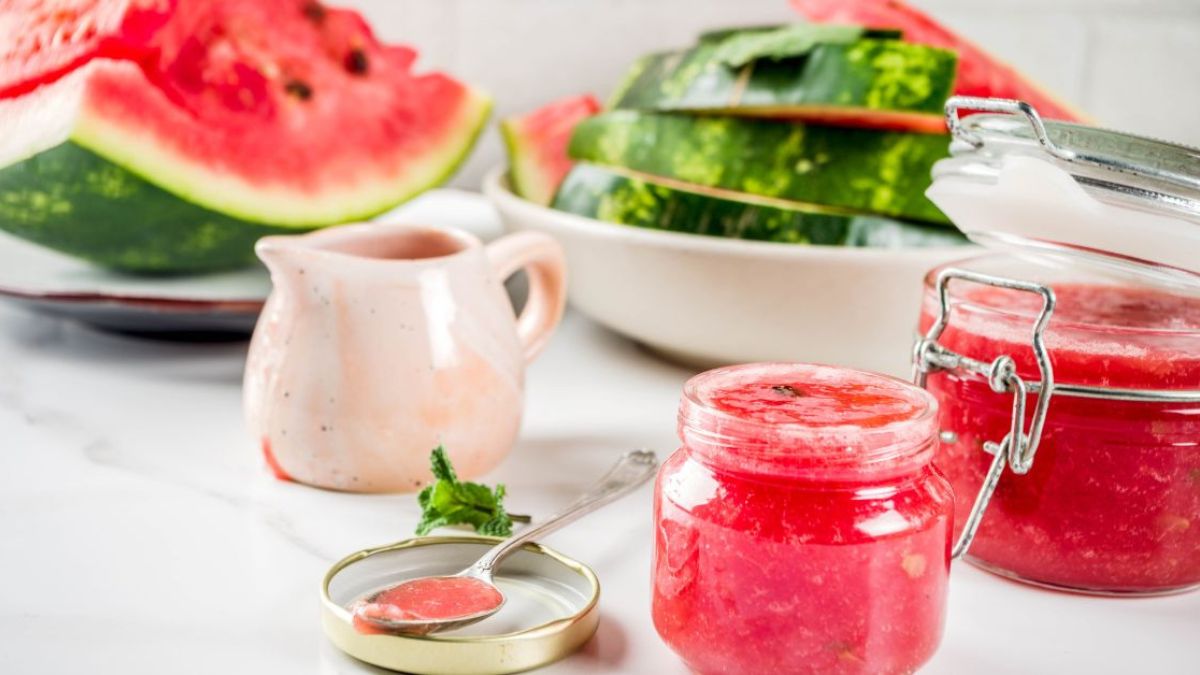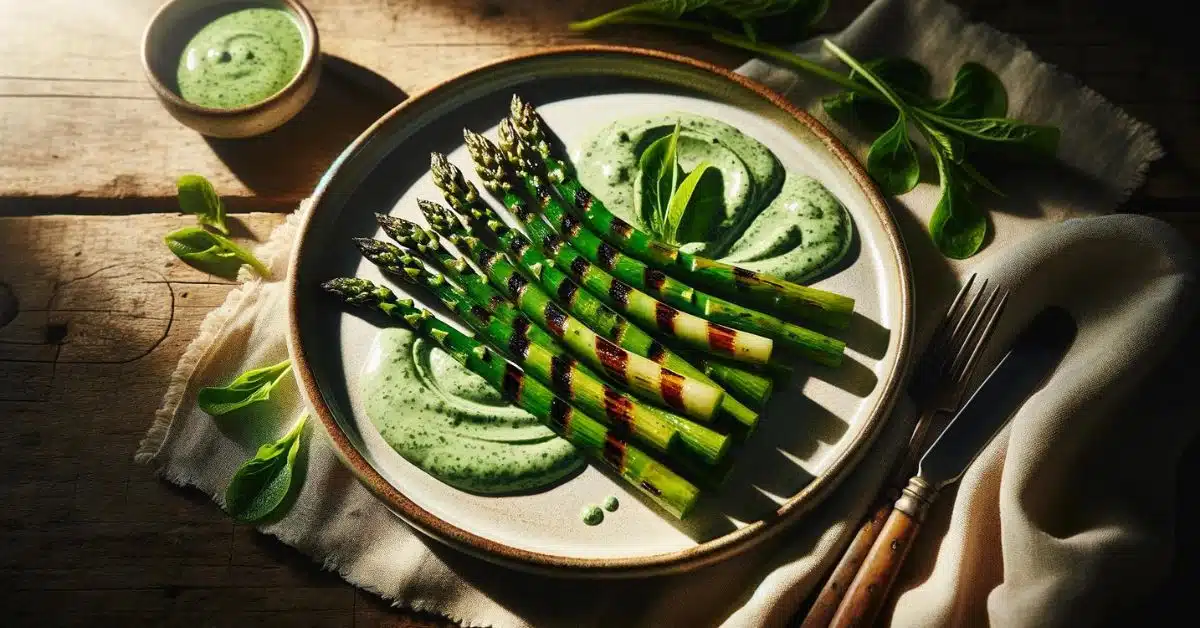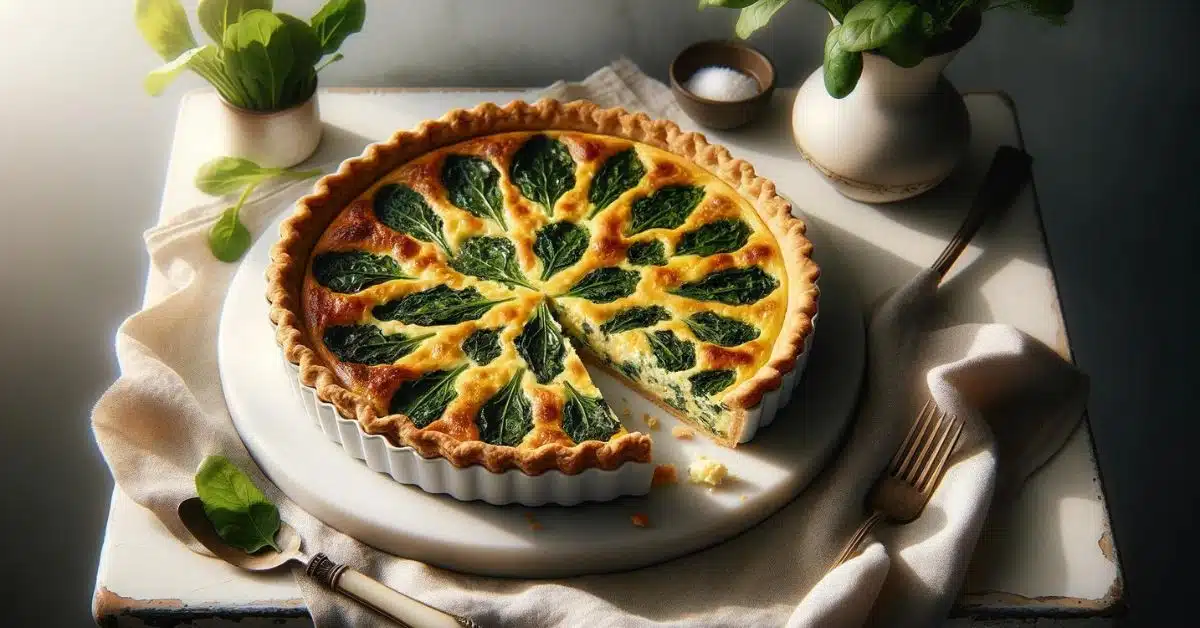In the world of gastronomy, more and more attention is paid to fermented foods, which are known for their probiotic properties and ability to positively influence our digestion and overall health. Such foods also include the unfairly overlooked rhubarb, which, thanks to its unique taste profile and health benefits, is becoming the star of fermentation experiments. Traditionally celebrated in desserts and compotes, rhubarb is undergoing a transformation to become a key ingredient in fermented food and drink recipes.
Fermentation, an ancient method of food preservation, is coming back into the limelight thanks to its ability to enrich foods with live cultures that benefit our microbiome. This process not only extends the shelf life of seasonal crops like rhubarb, but also infuses them with new, complex flavors. A recipe for fermented rhubarb is an example of how a simple vegetable can be transformed into a versatile addition that adds a unique dimension and enhances the flavor of a wide variety of dishes, from salads to desserts and drinks.
Rhubarb, with its natural sour taste, is an ideal candidate for fermentation. This process not only enhances its flavor, but also adds a subtle sweetness and complexity that can surprise and delight anyone who tastes it.
The preparation of fermented rhubarb is also an invitation to the world of home fermentation, where everyone can become a culinary alchemist, experiment with flavors and create unique foods that are not only tasty, but also beneficial for health. This recipe shows that with a little patience and curiosity we can discover new gastronomic horizons and enrich our menu with real treasures.
Fermented rhubarb recipe
Ingredients
- 500g of fresh rhubarb
- 2 spoons of honey or sugar (to support fermentation)
- 2 teaspoons of sea salt (without iodide and anti-caking agents)
- 1 liter of water (preferably filtered or distilled)
- Optional: juice of 1 lemon for additional freshness
- Optional: a few mint leaves or ginger pieces for added flavor
Procedure
- Wash the rhubarb thoroughly and remove the leaves. Cut the stems into pieces about 5 cm long.
- In a large bowl, mix water, salt and honey (or sugar) until completely dissolved. If you are using lemon juice, mint, or ginger, add them to the solution now.
- Place the chopped rhubarb in a clean glass jar. You should stuff the rhubarb tightly so that there is as little air as possible between the pieces.
- Pour the prepared brine over the rhubarb, making sure all the rhubarb pieces are completely submerged. If necessary, use a fermenting weight or a clean stone to keep the rhubarb submerged.
- Cover the container with a clean cloth or coffee filter and secure with a rubber band. Leave the container in a warm, dark place at room temperature for 5 to 7 days. Check every day and gently release the gas produced during fermentation.
- After a few days, taste the rhubarb. If it has reached the desired level of acidity, transfer it to the refrigerator to stop the fermentation process. Fermented rhubarb will keep for several weeks in the refrigerator.
Fermented rhubarb questions and answers
Is fermented rhubarb safe to eat?
Yes, fermented rhubarb is safe to eat as long as proper fermentation and hygiene practices are followed. It is important to use clean containers and tools to avoid contamination.
Can I also use green rhubarb stems for fermentation?
Yes, you can also use green stems, however, red stems give fermented rhubarb a more attractive color and a slightly different flavor.
How long should I let the rhubarb ferment?
Rhubarb fermentation usually takes 5 to 7 days, but can vary depending on room temperature. Taste the fermented rhubarb during the process to find the perfect flavor for you.
How do I know the fermentation is going right?
During the fermentation, you should see bubbles and smell a sour smell, which are signs that the fermentation is going well. If you notice mold or an unpleasant smell, the process has not been carried out correctly and the contents should not be consumed.
Can I add other fruits or herbs to fermented rhubarb?
Yes, you can experiment by adding different herbs like mint or ginger and fruits like strawberries or apples for interesting flavor combinations.
How should I store fermented rhubarb?
Store fermented rhubarb in an airtight container in the refrigerator. It can last for several weeks in the cold.
Can I use fermented rhubarb immediately after fermentation?
Yes, you can start using fermented rhubarb as soon as it reaches the desired taste. You can add it to salads, desserts or use it as an interesting addition to drinks.
Does rhubarb need to be pre-cooked before fermentation?
No, rhubarb does not need to be pre-cooked to ferment. It is fermented in its raw state, thus retaining most of its nutritional value.



